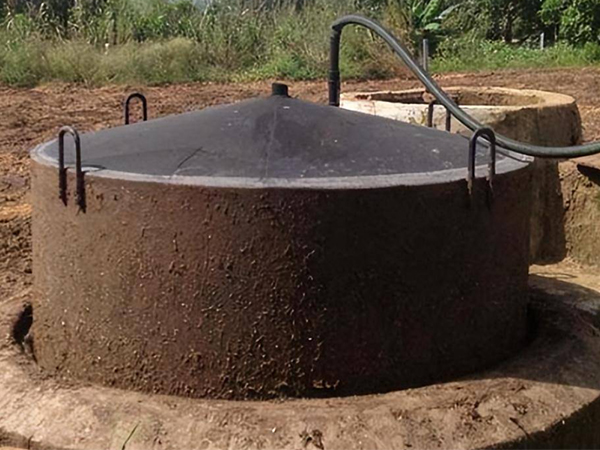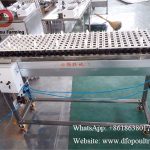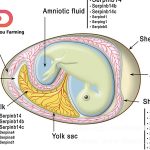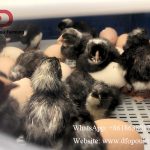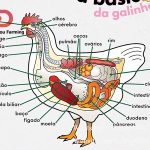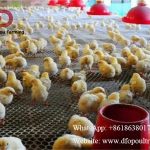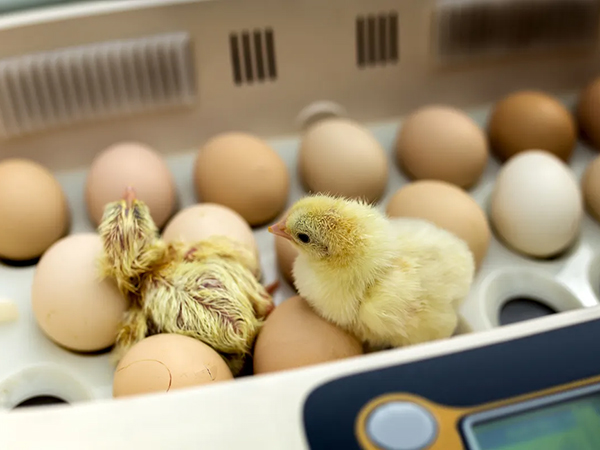Chicken House Disinfection Techniques
Chicken House Disinfection Techniques
1. Disinfection Methods
In the process of egg chicken production, the common physical disinfection techniques are filtration disinfection, heat disinfection, and radiation disinfection; also including washing and ventilation, mechanical cleaning, and sun exposure.
1. Filtration Disinfection Technology
Filtration sterilization is a method of using physical blocking to remove microorganisms from the medium, mainly used to remove microorganisms from liquids or gases. Its removal efficiency is related to the material characteristics, filter hole size, and electrostatic factors of the filter. In positive pressure ventilation chicken houses, most of them are through air filtration disinfection technology.
2. Heat Disinfection Technology
High temperature can kill all microorganisms.
(1) Dry heat sterilization is mainly through burning and incineration methods, or by using infrared ray irradiation and dry baking. The main objects of incineration are diseased chicken corpses and garbage, etc., flammable materials are directly ignited, and non-flammable materials are poured with fuel before ignition. The objects of burning are the ground, walls, and cages, which are usually carried out with the help of a flame sterilizer. Dry baking is generally carried out in an oven, such as the metal parts of chicken continuous injectors and glassware for artificial insemination.
(2) Wet heat disinfection is mainly the methods of normal pressure, high-pressure steam and boiling disinfection. Boiling disinfection is the object of veterinary supplies and laboratory equipment. High-pressure steam sterilization has the characteristics of fast sterilization speed, reliable effect, and strong penetration. The object of normal pressure steam sterilization is non-heat-resistant articles. It is one of the most commonly used disinfection and sterilization methods in epidemic prevention departments and laboratories.
3. Radiation Disinfection Technology
The main methods are the use of ionizing radiation disinfection and ultraviolet disinfection. However, it is important to note that after exposure to ultraviolet rays, the RNA and DNA of microorganisms will denature, but these denatured DNA and RNA will be repaired (renatured) under visible light irradiation to restore their normal structure, so ultraviolet disinfection is reversible. Ionizing radiation disinfection is the use of electron radiation energy and X-rays to penetrate objects to kill microorganisms inside. Its function is to eliminate heat exchange, low-temperature sterilization, no pressure difference, and interference from diffusion. Compared with other physical sterilization methods, it is superior.
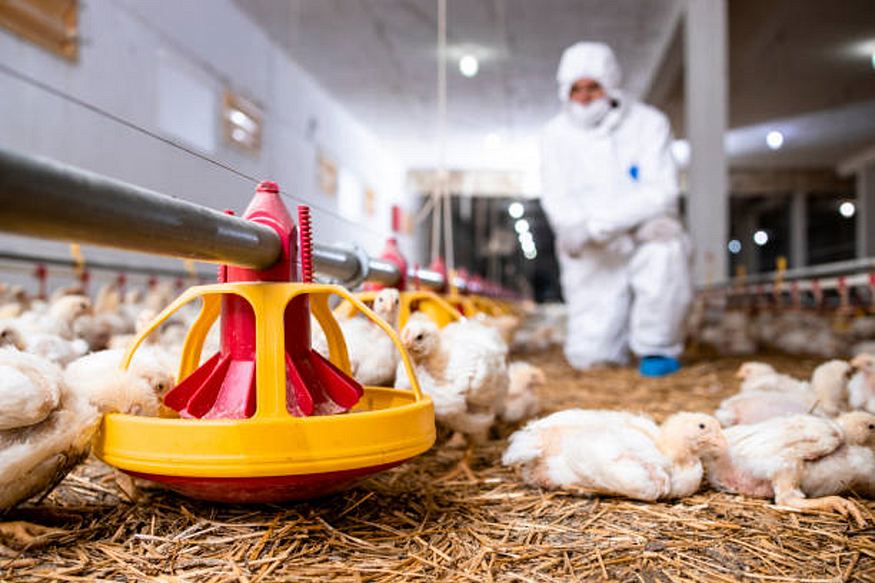
Section 2: Chemical Disinfection Methods
Chemical disinfection is the use of chemical disinfectants to sterilize chicken houses.
This is the most common disinfection method in chicken farms and can be widely used in the disinfection of:
1. Small environments inside chicken houses
2. Large environments inside and outside chicken farms
3. Surfaces of utensils, drinking vessels, cages, and various objects
4. Drinking water
Common chemical disinfection methods include:
1. Immersion:
Use weak, broad-spectrum disinfectants to soak objects to be disinfected, such as drinking utensils and eating utensils, in the specified standard time and concentration.Immersion pools at the entrances of chicken farms are also immersion disinfection.
2. Wiping:
Use water-soluble and highly penetrating disinfectants to wipe the surfaces of objects that are difficult to soak or cannot be moved.
3. Fumigation:
Add an oxidant or heat to make the disinfectant gaseous, and then disinfect objects in the specified time and concentration.Fumigation is mainly used for the disinfection of valuable precision instruments or air.
4. Spraying:
Use a conventional sprayer or aerosol sprayer to form a mist of disinfectants suspended in space to disinfect the surfaces of objects and air.This is the most common disinfection method in chicken farms.
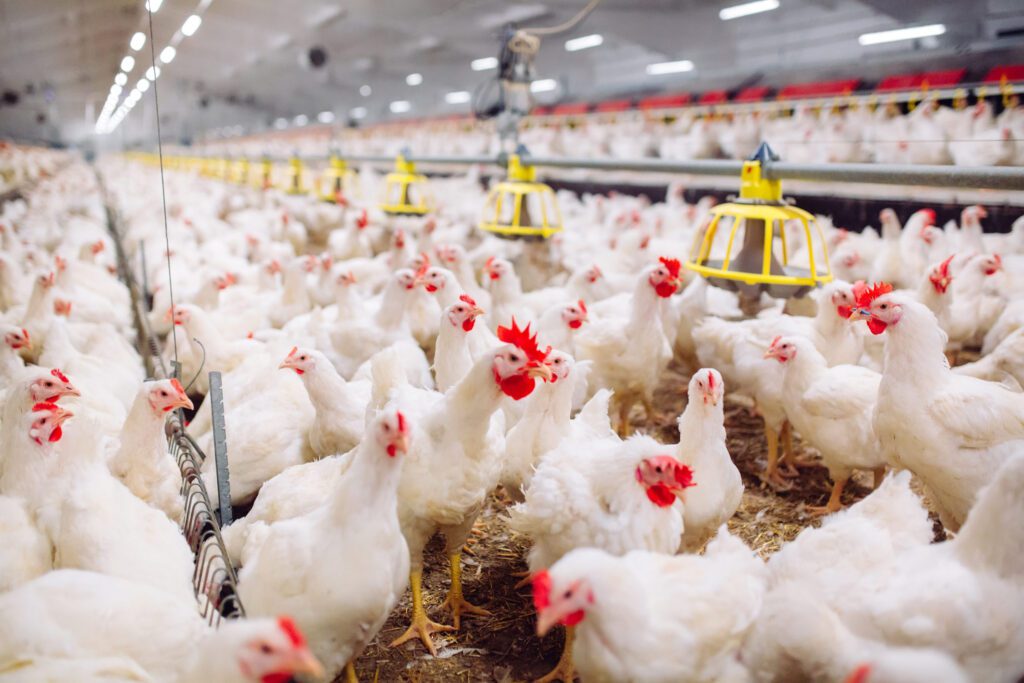
Section 3: Biological Disinfection Methods
This method mainly uses natural microorganisms to kill pathogens by generating heat, namely biological heat, when they oxidize and decompose organic matter in waste.
This method is a relatively new disinfection method that is becoming increasingly popular due to its environmental friendliness and safety. It is often used in the disinfection of wastewater, manure, and other organic waste.
The process of biological disinfection is as follows:
1. Microorganisms are added to the waste.
2. The microorganisms oxidize and decompose the organic matter in the waste.
3. The decomposition process generates heat, which kills the pathogens.
Section 4: Carry-on Disinfection
Although the chicken house has been strictly disinfected before raising chickens, various diseases still occur in the chicken flock during the breeding process. This is because chickens themselves carry, excrete, and spread pathogenic microorganisms, and pathogenic microorganisms from the outside are carried and spread through the air into the chicken house at any time. Carry-on spray disinfection is to kill the invading pathogenic microorganisms in time, so as to eliminate hidden dangers.
Carry-on spray disinfection technology is the process of using disinfectants to spray the chicken house environment and the surface of chickens during the entire storage period from the time the chickens enter the chicken house to the time they come out. This can reduce or kill pathogenic microorganisms to achieve the purpose of preventive disinfection.
1. Effects of carry-on spray disinfection
(1) Comprehensive disinfection:
Carry-on spray disinfection is thorough and comprehensive, which can directly kill pathogenic microorganisms on the surface of chickens and shallowly retained in the respiratory tract, and directly kill pathogenic microorganisms hidden in the chicken house environment including air. It has a good preventive effect on Marek’s disease, infectious bursitis, and chicken newcastle disease, which are not ideal for vaccine prevention, and also has a good preventive and curative effect on common bacterial diseases such as salmonellosis, staphylococcosis, and enteritis.
(2)Deposition of dust:
The aerosol particles formed by the appropriate disinfectant can adhere to dust in the air, settle on the ground and dry without blowing up again. This can reduce the irritation and damage of dust to the respiratory tract of chickens, reduce the dust in the air, and avoid the occurrence of respiratory diseases.
(3)Summer heatstroke prevention:
Cold water spray mainly relies on the regulating effect of water temperature and the effect of water evaporation to take away heat, so as to achieve the cooling and heat dissipation effect on the chicken house and chicken body. In the hot summer, because the temperature of the chicken house decreases, the drinking water consumption of chickens decreases, and the soft stools also decrease. The moisture content of the manure on the ground decreases (spraying once in the morning and afternoon, about 2%). This can ensure the clean environment of the chicken house. On the other hand, cooling can relieve heat stress and prevent heat stress from causing chicken heat stroke and decreased egg production. In summer, the number of sprays can be increased to 2~3 times a day (spraying once in the morning and afternoon each day, which can reduce the temperature of the chicken house by 4~5℃).
(4)Provide humidity:
From the perspective of the physiological needs of chickens, especially in the early stages of brooding, especially when it is kept warm, a high humidity of 60%~70% is required. Carry-on spray disinfection has played a humidifying role, avoiding the death of chicken body dehydration caused by high temperature in the early stage of brooding, and helping chicken growth and development.
2. Precautions for chicken body disinfection
The disinfectant for chicken body disinfection can be selected according to the actual situation. It is best to alternate the use of 2 disinfectants, which is more effective in killing pathogenic microorganisms.
The disinfection time can be determined according to the occurrence of epidemics and the degree of contamination of the chicken house. Normally, disinfection can be carried out. If an epidemic occurs, disinfection is required. After the epidemic area is lifted, thorough disinfection is still required. The disinfection time is 7~10 days for the brooding period, not less than 10 days; 10~15 days for the growing-up period; 20~30 days for the adult chicken, and accurately grasp the dosage and concentration of the drug solution.
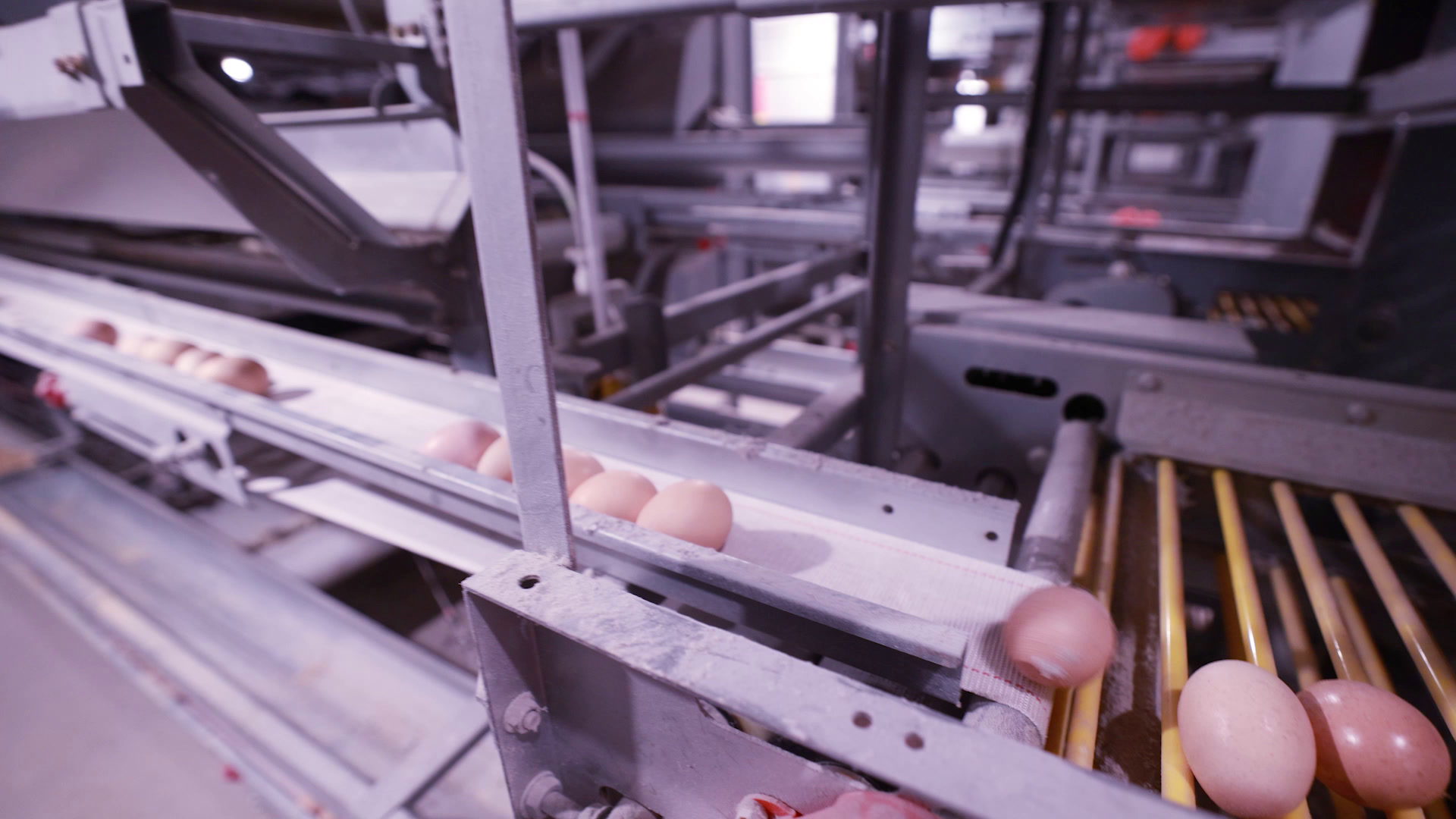
Section 5: Staff Disinfection
In chicken farming, staff activities are frequent, which is an important medium for the spread of epidemics. People’s clothes and shoes will be contaminated with feces and other pollutants, and people’s hands will also be contaminated when checking chickens and cleaning chicken houses, making people a medium for the spread of diseases. Therefore, it is required that staff work fixed.
When staff enter and exit the chicken house, they must change clothes and wash clothes, and sometimes they are required to take a bath. Wear disinfected shoes and hats and work clothes, and then disinfect in the disinfection pool before entering the chicken house. The clothes should also be regularly washed and disinfected, and placed in a place where ultraviolet rays are irradiated for disinfection.
Staff should wash their hands with 2% sodium hypochlorite before feeding, after contacting dead chickens or after contacting chickens. Chicken farms are closed to visitors during the breeding period and empty period, and the gate is often closed.

